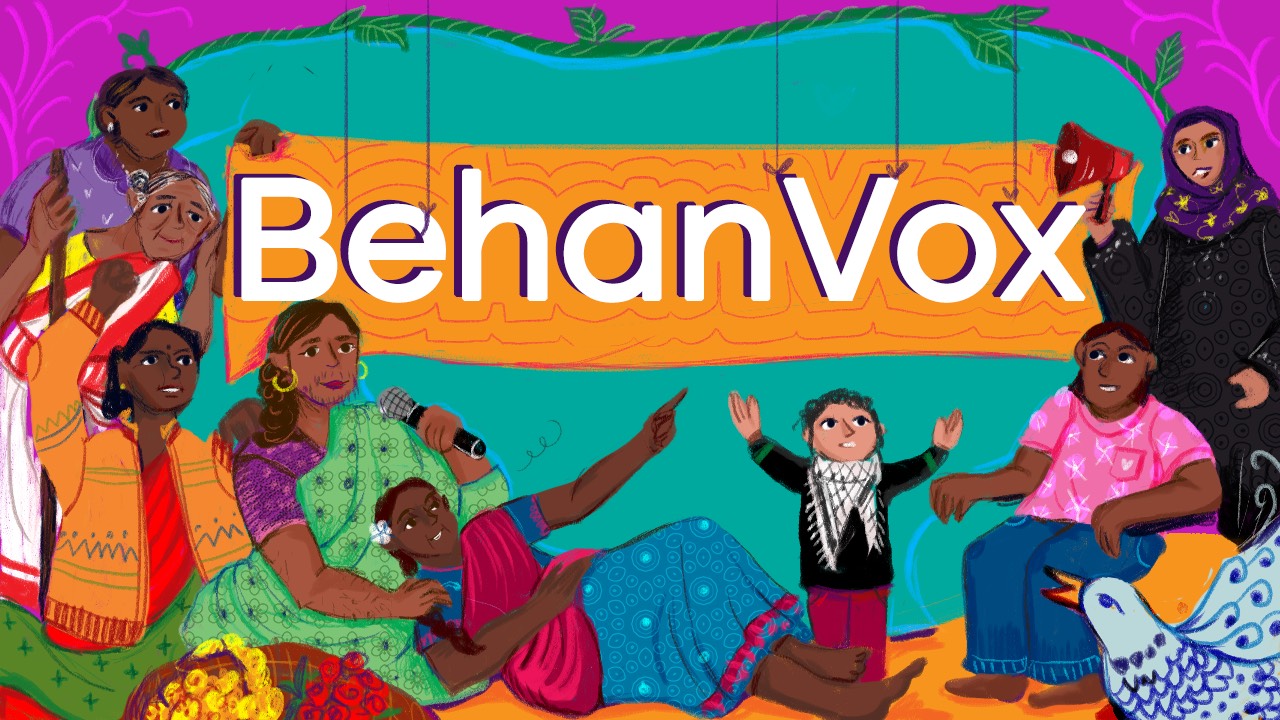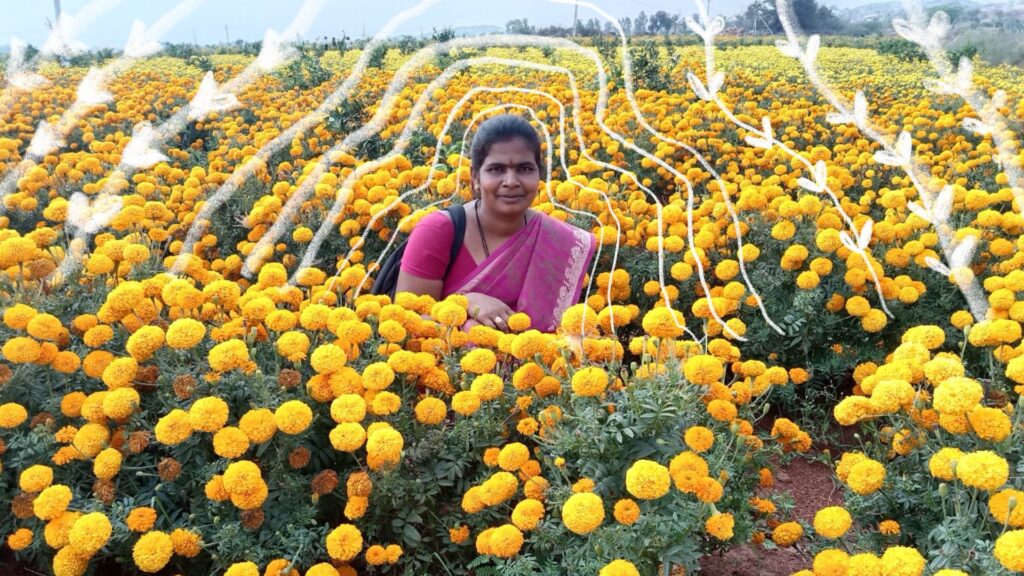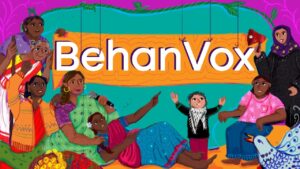In the blithe world we seemed to inhabit not too long ago, few of us know what a heat plan was or what heat financing was. Now that the climate reality has come to bite us in really painful places we have no choice but educate ourselves. The world’s most well-muscled nation has taken to denying these realities now and is also set on undoing a lot of gains we have accrued so far on climate change but that is not a path the world can afford.
Even as we write this, countries across western Europe that remained temperate and livable through summer months, are dealing with unbelievable heat levels. The southern parts of the continent are literally going up in flames. And in India we have been dealing routinely with searing summers, unpredictable storms, unexpected floods, excessive rains and equally unrelenting droughts.
In an extensive interview with three experts, Saumya Kalia lays open for us reasons why heat plans to help people, especially those from vulnerable social and economic groups, are just not being planned or executed optimally in India. And why they remain constantly underfunded and under-resourced. Nihal Ranjit from the Indian Institute of Human Settlements, Uma Pal from the Climate Policy Initiative, and Apekshita Varshney from HeatWatch, to understand the politics and possibilities of heat financing explain to us the politics and possibilities of climate financing.
As you hear them speak you understand why seemingly small policy interpretations are failing us in our heat response. “We don’t have a dedicated fund for heat because heat is not notified as a disaster under the National Disaster Management Act, 2005. The NDMA has issued guidelines for heatwave management for states since 2016. States are able to use 10% of the State Disaster Response Funds (SDRF) available to them for ‘state-specified disasters’,” points out Apekshita.
Uma Pal points out that the reasons for this exclusion are historical and structural and we are only now waking up to the reality. “Historically, heat waves were not considered to significantly impact public health, well-being, or infrastructure systems, unlike other disasters such as cyclones or floods. Consequently, tracking heatwave data and acknowledging their impact, especially on vulnerable populations, has only recently become a focus as the occurrence of extreme heat events has increased over time.”
Nihal Ranjit points to the red tape that suffocates every initiative. “Heat and air pollution sit within very different institutional homes: air pollution falls under the purview of the Central Pollution Control Board within the Ministry of Environment, Forest and Climate Change, whereas disasters like heatwaves are managed by the National Disaster Management Authority, which comes under the Ministry of Home Affairs,” he says.
India’s heat action plans tend to be reactive and crisis driven, not long term. Also despite a rise in heat action plans only a handful have found specific sources of finance.
How can the informal sector workers, many in MSMEs, be protected from heat impact without hitting the industry itself? Are there ways to support health impacts of heat that are not economically quantifiable? Can private sources be tapped for heat financing or global sources? Our interview has some answers.
Read our interview here.






